Historical background
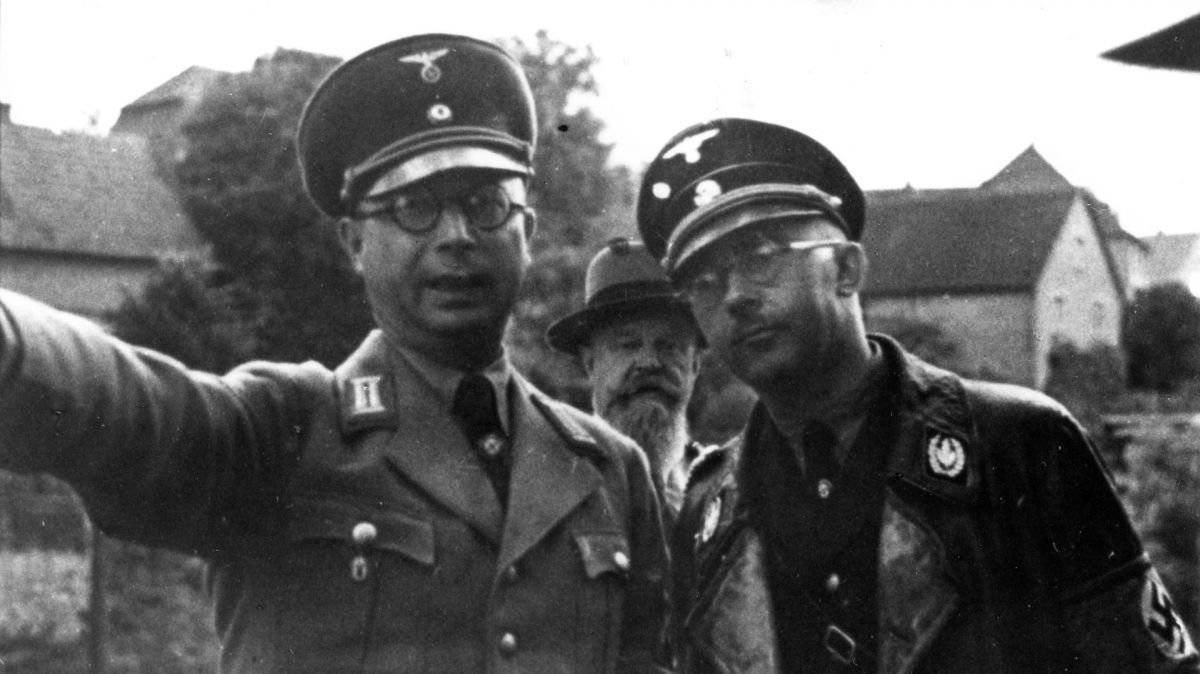
Under Reichsführer-SS Heinrich Himmler, the SS developed to become one of the most powerful organisations in the “Third Reich”. It saw itself as a soldierly and racial elite. The realisation of this claim and its inhuman, radical ideology brought death to millions of people.
From 1933, Heinrich Himmler planned to establish a central meeting place for the Schutzstaffel (SS) at Wewelsburg Castle. Initially intended as a “Reichsführer school” for SS officers, measures were taken at the end of the 1930s to progressively transform Wewelsburg Castle into a secluded, central meeting place for the highest SS officers. The plaster was significantly removed and the moat deepened because the castle was to appear more defiant and “castle-like”. Nordic symbols characterised the interiors of the Wewelsburg Castle.
Himmler repeatedly visited Wewelsburg Castle – either alone or with guests. He announced his intention to hold annual Gruppenführer meetings at Wewelsburg Castle where the highest-ranking SS officers would meet. Swearing-in ceremonies should also take place. Towards the end of the war Himmler ordered Wewelsburg Castle to become the “Reichshaus” of the SS Gruppenführer.
Place of self-assurance
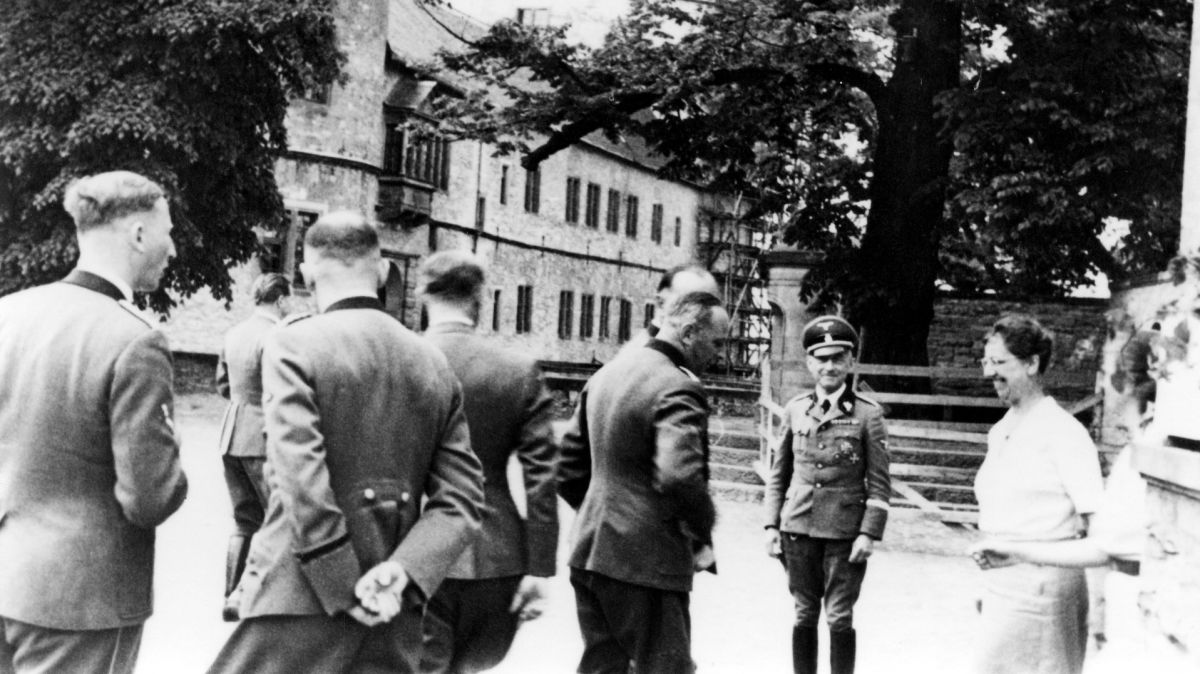
In the background the eastern façade of the castle. Burghauptmann Siegfried Taubert (with peaked cap) looks towards the camera. Reinhard Heydrich can be seen on the left-hand side, and Elfriede Wippermann, head of housekeeping at Wewelsburg Castle, on the right.
The planned function of Wewelsburg Castle as an ideological place of assembly can be illustrated on the occasion of the Gruppenführer meeting from 12–15 June 1941. One week before the start of the Russian campaign, Heinrich Himmler gathered the highest SS officers involved in planning the SS mission during the attack on the Soviet Union.
Present were Reinhard Heydrich (Chief of the Reichssicherheitshauptamt), Kurt Daluege (Chief of the Ordnungspolizei) and Karl Wolff (Chief of the Reichsführer-SS Personal Staff). Also present were Friedrich Jeckeln, Erich von dem Bach-Zelewski and Adolf Prützmann, who had been appointed higher SS and police leaders in the Soviet Union as part of the occupation policy, as well as other high-ranking SS officers.
Concrete decisions were no longer made. During the course of meetings, news of the specific start of the attack had already been received from Berlin. Instead, the meeting was used once again to get into the mood for the “battle of annihilation” and to gather together in the world view atmosphere of a “Westphalian castle”. In the Nuremberg Trial of Major War Criminals in 1945/1946, von dem Bach-Zelewski recalled that Himmler had stated in a speech at the Gruppenführer meeting at Wewelsburg Castle the purpose of the Russian campaign as being the “decimation of the Slavic race by thirty million”.
Location of megalomania
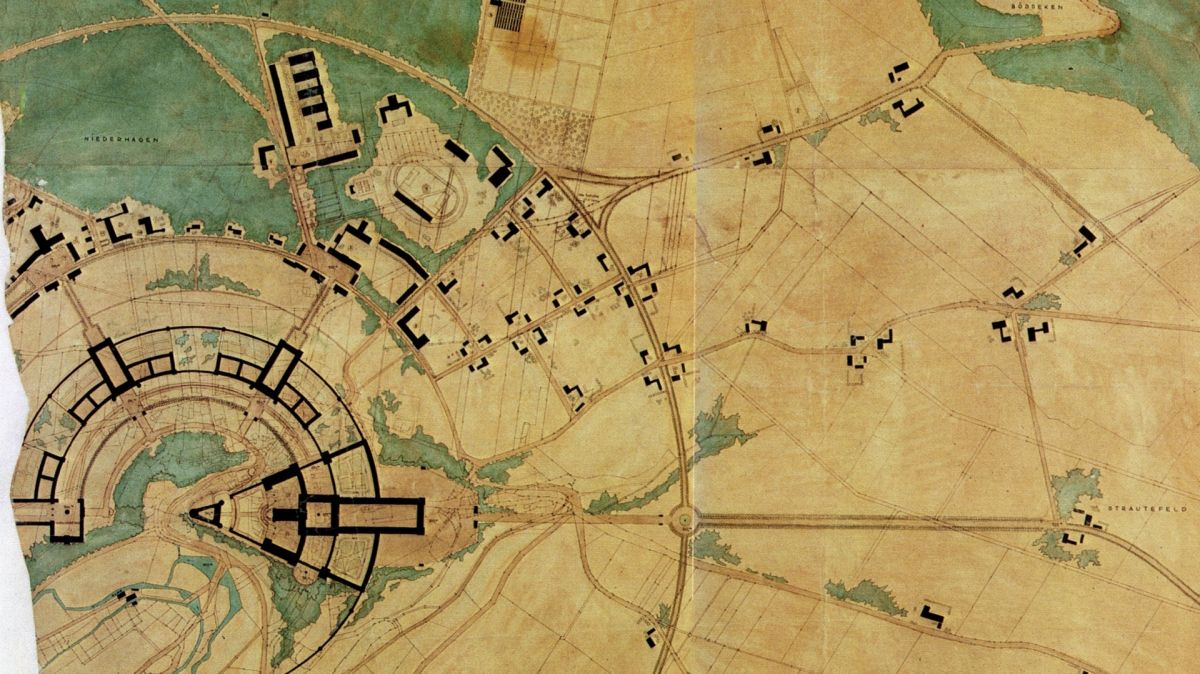
In connection with its planned use as an elitist, central SS place of assembly, Wewelsburg Castle became the subject for far-reaching architectural plans. The more extensive the claim to power of Heinrich Himmler and the SS became in the German Reich, the more monumental the building plans around Wewelsburg Castle became.
The plans for the gigantic castle complex were designed by the Münster architect Hermann Bartels in close consultation with Himmler. They envisaged a 600 metre-wide radius consisting of buildings and ramparts, and the North Tower of Wewelsburg Castle was to be the centre of the complex.
A place of suffering
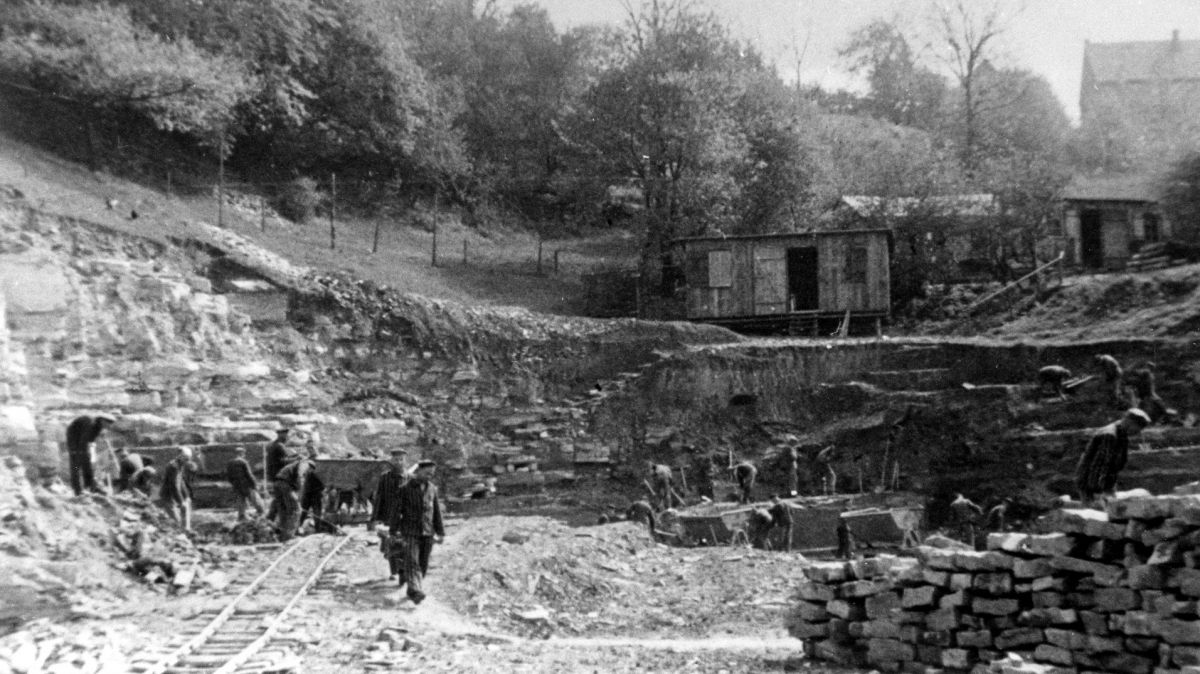
The plans were to be realised by prisoners in a concentration camp in Wewelsburg set up especially for the construction projects. From 1941 onwards this camp, known as KZ Niederhagen/Wewelsburg, ranked as an independent main camp in the National Socialist concentration camp system on the same organisational level as the Buchenwald and Sachsenhausen camps. More than 3,900 prisoners were deported to the Niederhagen-Wewelsburg concentration camp.
At least 1,229 people died at the location as a result of the working and imprisonment conditions as well as mistreatment and arbitrariness by the SS guard units. The concentration camp at Wewelsburg was also a Gestapo execution site. At least 56 people were murdered on the camp grounds or at an SS shooting range situated not far away in the forest.
A historical place
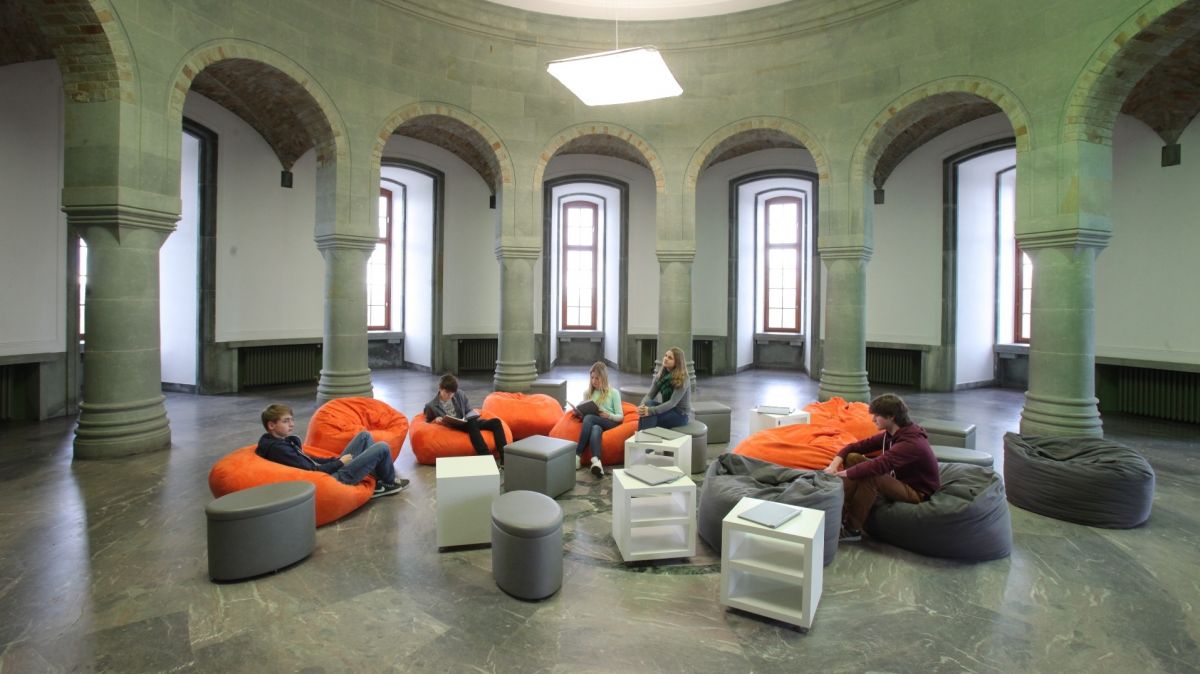
After the defeat at Stalingrad in spring 1943, construction was halted and the concentration camp was dissolved apart for a residual command of 42 men. On 2 April 1945, American soldiers liberated the concentration camp prisoners after an SS demolition squad attempted to destroy Wewelsburg Castle.
Two rooms in the North Tower of Wewelsburg Castle have been preserved as structural remains of Nazi architecture: the “Crypt” and the “Obergruppenführersaal” [Hall of the Supreme SS Leaders].
Neither room was used during the Nazi era and no reliable information is available about their intended purposes. Since the 1990s, the sun wheel motif in the floor of the “Obergruppenführersaal” has been stylised and abused as a sign of recognition and salvation in global right-wing extremist circles.
Address
Kreismuseum Wewelsburg
Burgwall 19
33142 Büren-Wewelsburg
Germany
Contact
Phone 02955 7622-0
Fax 02955 7622-22
nfwwlsbrgd
Contact form
Informative
Wewelsburg





